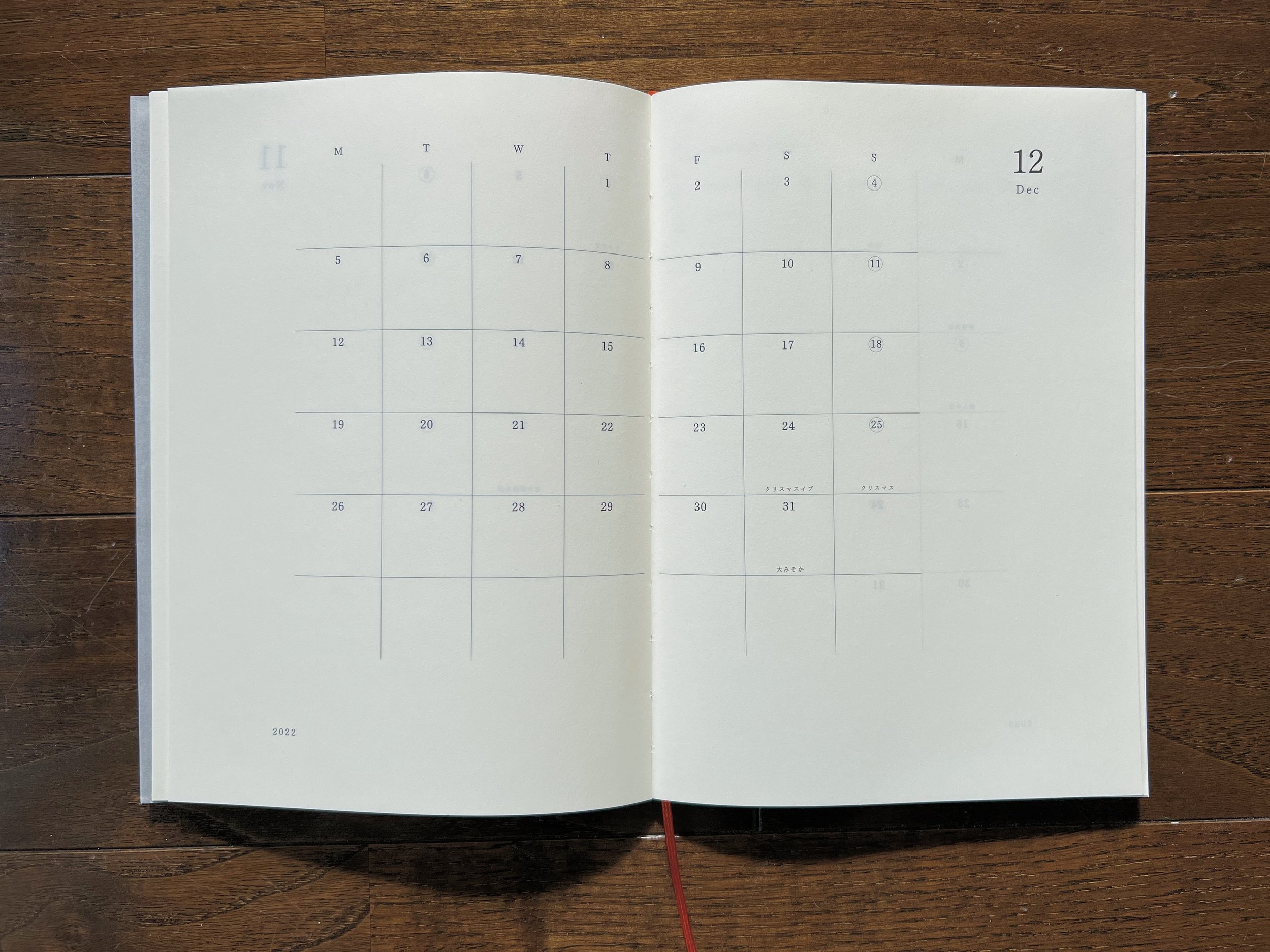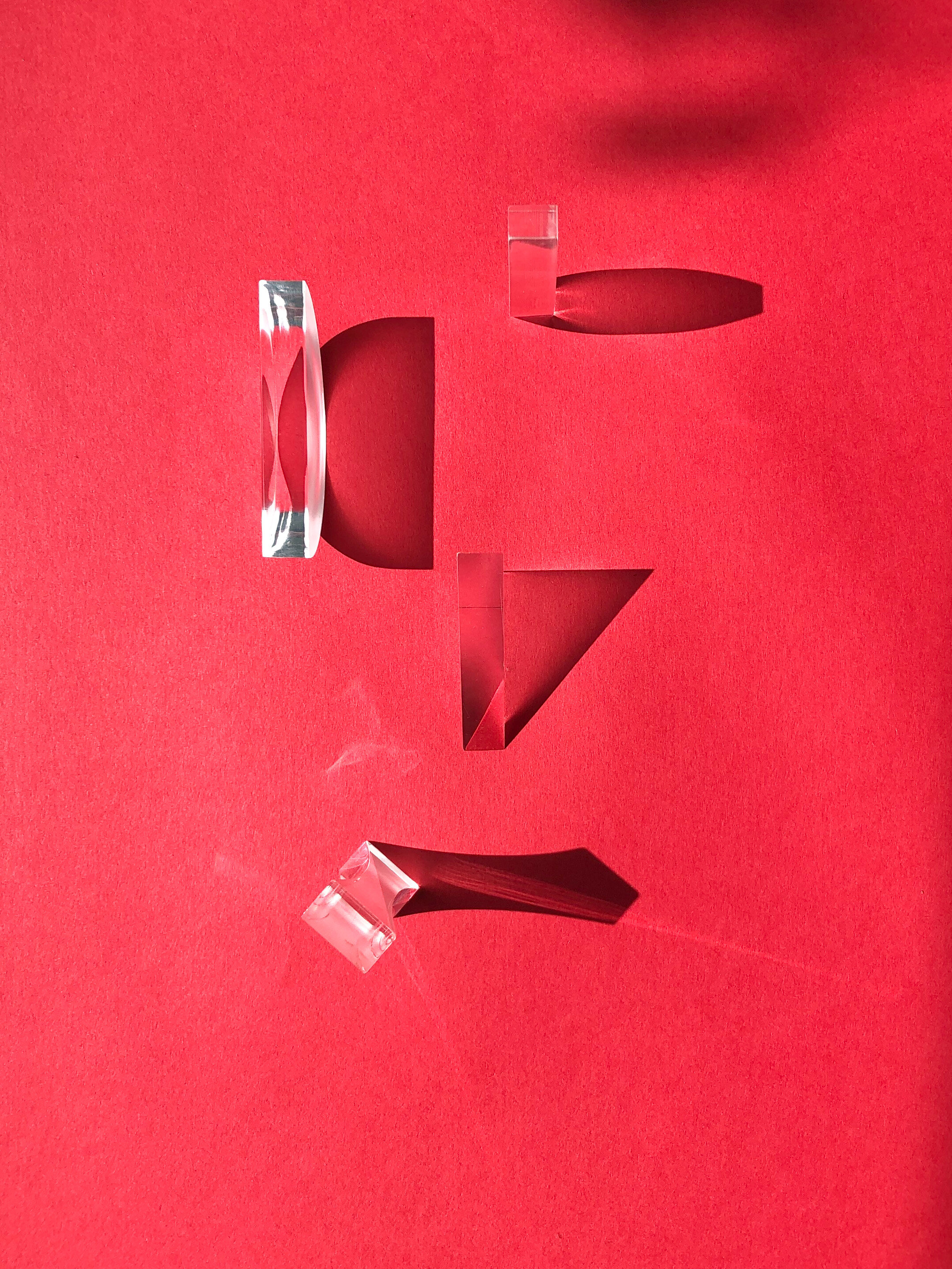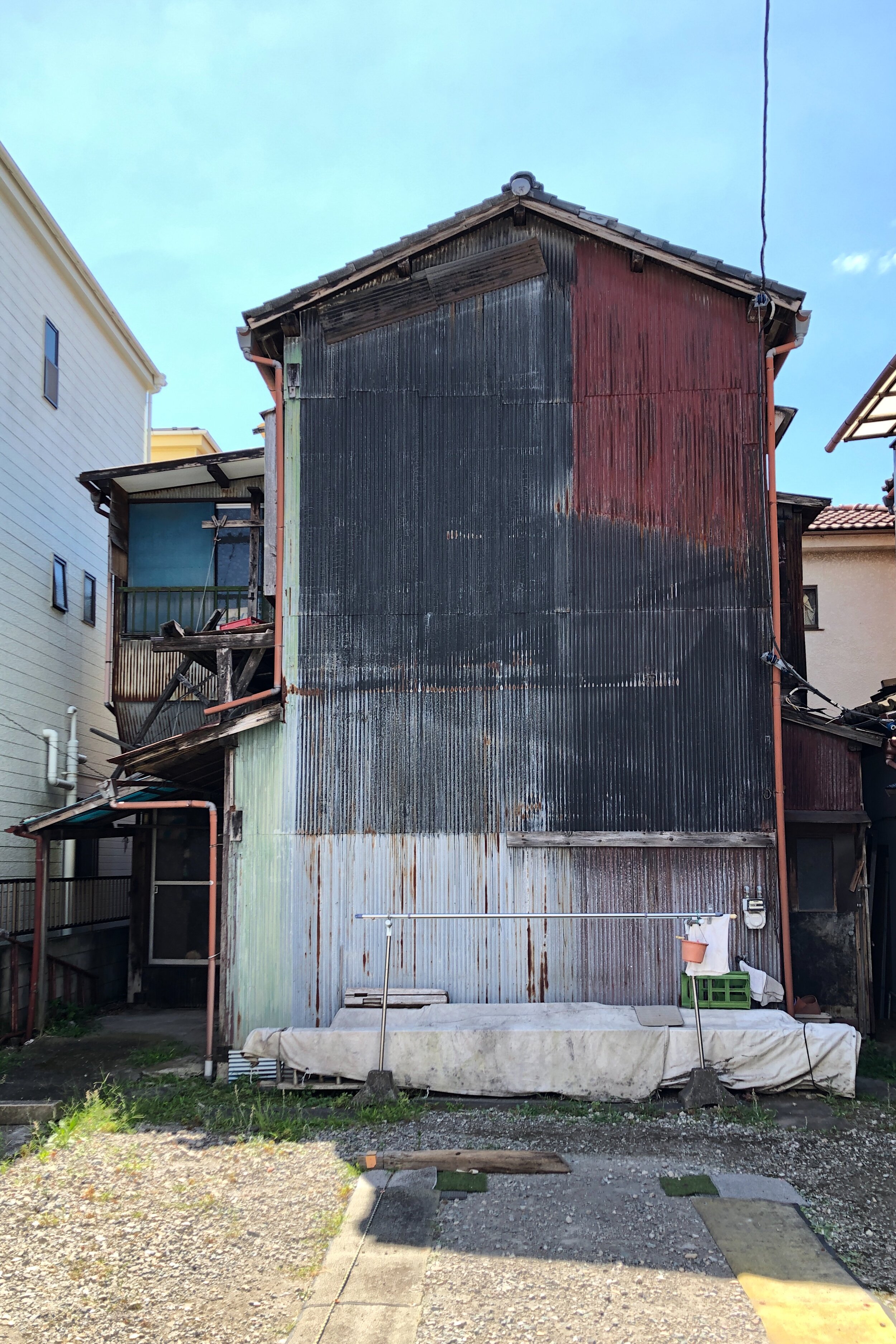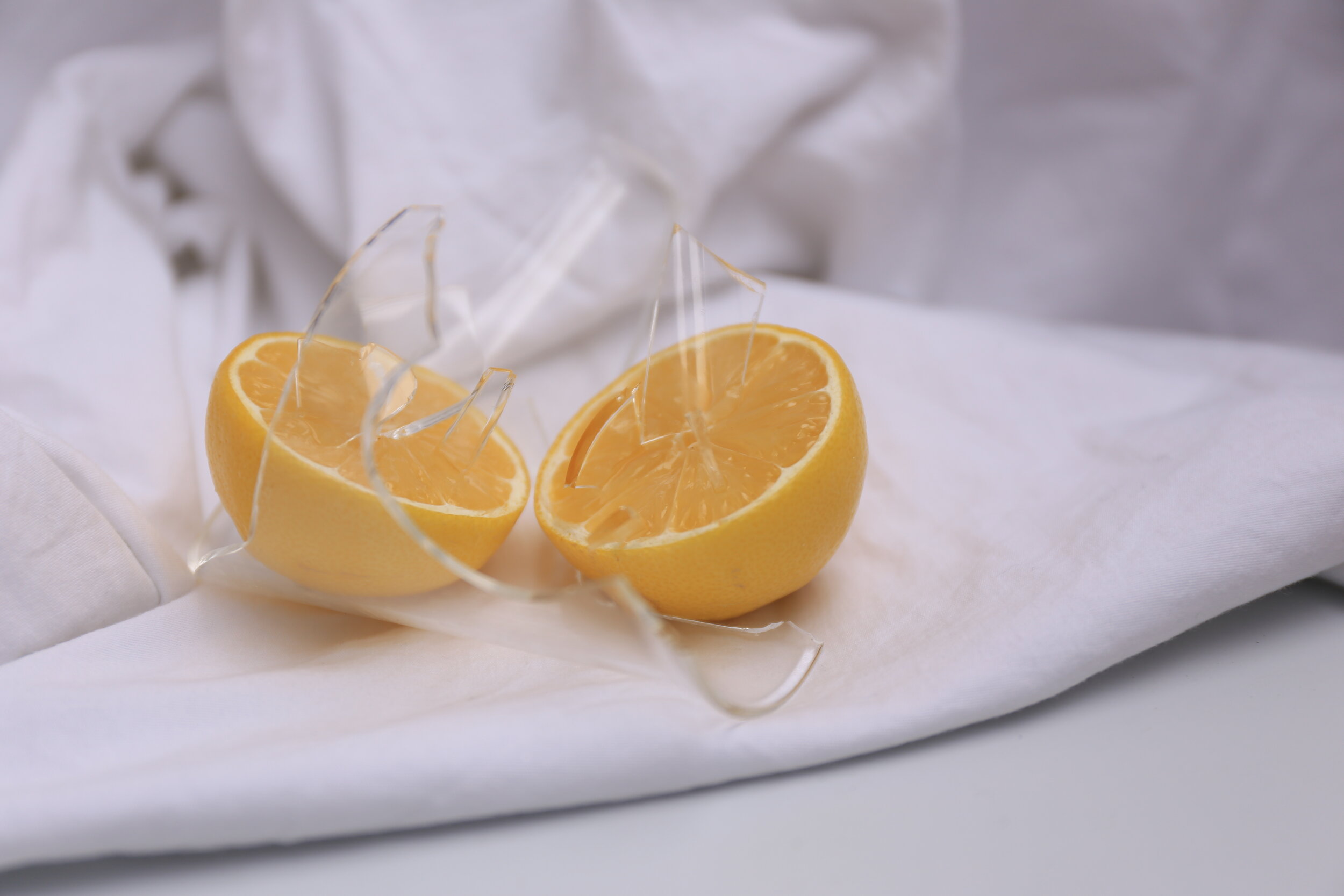Hello friends and curious readers.
I am so happy to share an interview that I did with the lovely folks at Anglobal Community Mart (ANCM). Before we get to the nitty gritty, let’s start with a quick intro. So, who are ANCM? Well, they were formerly known as the MHL Community Mart. ANCM is a curiosity driven media project that shines a light on various works that enrich the lives of those who are interested. I know….we have a lot in common.
The interview on the ANCM website is in Japanese. You can access that HERE. No worries if Japanese is not your linguistic super power, the English version can be found below…
(Massive shout out to the talented Takumi-san for his mega translation and editing skills and permission to share the notes with you here)
Ordinary Becomes Art.
There are moments of sparkle in the scenery of your usual commute to work or neighborhood. Compositions of light and shadow created by chance, or charming artifacts created by human hands. Super Ordinary Life" is a blog reflect on the visual interest of the city with photographs that make ordinary elements of the city feel fresh. It reminds us that we overlook so many parts of our daily lives. With a curiosity and a questioning of our efficiency-oriented modern society, Yasumi Toyoda, the blog's operator, walks the streets and captures them in her photographs. The sensitivity to notice the beauty of cities taught by simple habits. We asked her about the connection with people and nature that she feels by taking a walk.
What is the blog Super Ordinary Life?
-First of all, please tell us why you started your blog.
Seven years ago, my son was born. As this was my first time raising a child, I didn't know what to do when he cried. To deal with that, I put him in the stroller and went outside and he stopped crying and went right to sleep (laughs). That’s how I started to like walking.
When I go for walks with him, he keeps staring at walls, flowers, the street, etc. At first I was scary that he was seeing something that I was not, but as I took time to look at things, I began to notice details in everyday scenery that I had not noticed before. I thought, "Isn't this important even as an adult? That's when I started taking pictures.
-What is the meaning of the name Super Ordinary Life?
For me, Ordinary means Super (unusual). The meaning may be contradictory, but I really believe it is what it is. By taking a picture of things that no one cares about, that things becomes unusual. There is an element of normal being different for each person in this name.
What it means to keep photographing the city
-Most of the photos you post on Instagram and your blog are in the city.
It is easy for people to notice beautiful things when they are surrounded by nature. We tend to forget that we are part of nature, but when we actually step into that environment, we recognize it and connect with it. But for me, ordinary life is in the city.
There is little nature around and most of it is human-made around us. Cities are full of mass-produced designs, and the scenery is the same everywhere. It is difficult to find beauty there, and it takes more time than in nature to feel connected to the city. But that is why we think it is important for people to be able to pay attention to details and feel connected to the city, even in familiar places, in order to lead better lives in cities.
-What do you get by being connected?
By looking for beauty and inspiration even in the harshest of environments, we can become more aware of "now”. It is impossible to be aware of everything around us, but I think it is good to be aware of as little as possible.
Walking is like being aware.
-You suggested us that interviewing while walking and you have wrote a journal about walking in your blog. Why do you like to walk?
I like trains, but everything I see from the train passes by so quickly that I don't know what I'm looking at. Walking is the slowest way to get anywhere, but it gives me time to think about what I am seeing.
This time has become a habit, and I've become more aware of the present moment. Personally, I think it is similar to meditation.
-When I walk around and take a good look at my surroundings with you, I find myself asking, "Why is it shaped like this?" I had a sense that a number of questions came to mind.
That's right. Also, the city looks completely different depending on who you are walking with! For example, my husband is a lighting designer, so he is very sensitive to light and shadow. Another example is when I walk with a friend who is a geologist, he says, "Look at this stone! It tells the age of earth." Writers make up stories on the paths we walk together.
- Even on the same road, people see different things. Interesting..
Where are we? I was walking with my instinct and now we got lost (laughs).
-I feel like it's been a long time that I got lost (laughs). We usually use maps on our phones and rarely get lost at this age.
It's interesting how some people find these situations terrifying and others find them adventurous.
Moment that makes you want to take a picture
-Most of the things in your photographs are familiar, but there is something beautiful about them. Are there any common elements in the photos you take?
First of all, color. I like rich colors. I also like unusual textures.
-I often look at photos of objects reflected in cloudy windows.
A cloudy photo looks like a painting, doesn't it? It is a photograph, but it is somehow close to a painting. I am attracted to things that are mysterious, that you can't see clearly, or that suggest something. That makes me want to know more.
-During this interview, I saw you looking at reflected light on the wall. What does light mean to you?
Without light, we would not be able to see anything, so light is important to me. It is like it brings life. I also like reflected light. Like coincidence or an accident. I also like the shadows moving, swaying in the wind. It's very poetic, don't you think?
-So there is a coincidence in your photos?
Coincidence is important, but I like things that show creativity. For example, the use of special materials. There is a kind of tone that each material speak out. For example, steel is hard and cold. So, you should never enter here. Bamboo, on the other hand, is flexible, tender. The same can be said for colors, with yellow and black sending a warning signal.
-The thing itself is talking to ourselves. It is a form of communication that does not require words.
I like when people fix things. I am often impressed by the excellent way they fix things, like kanatsugi.
The Characteristics of the Ground in London and Tokyo
-You said you used to live in London. Are there any differences between the cities of London and Japan?
When I lived in London, I think it was "necessary" to look at the ground. This is because the area where I lived was not safe. it was also a place where many artists lived. So the ground I was walking was full of graphics and other objects, some of which were dangerous. This resulted in me having to be aware of my footing. In Japan, there is a lot of information from the ground. Like "stop" and walking lines. I think there are a lot of warning messages too.
-I guess a lot of people are usually looking down when they walk.
I guess so. But I think looking up is a somewhat special act. We don't look up very often because we are usually looking down because many times we are on our phones or computers. So looking up is a positive act, it makes you feel better.
Awareness is valueable
-During interview, you often said the word "notice" and "be aware”. What does that mean ?
I think "seeing" and "observing" are two different things. To see is to simply feel there is something in your vision, whereas observe is to pay attention to things, in other words, to think.
I think noticing is the starting point for anything. When the path we walk every day or the familiar scenery is different from the usual, we can immediately notice it. I believe that this is what being aware is all about. Being present.
-By being aware, we can find meaning in the connections with our surroundings.
Today, what we are aware of determines our economic activity, maybe it's social networking ads, but the whole industry is built on figuring out how to get our attention.
Our awareness is very valuable. But sometimes I wonder if we should be using our power of awareness only for things that are tied to the flow of money.
Finding beauty in the mundane is a way to regain our awareness. It is a kind of resistance to modern society and perhaps a rebellion to become more human.
-Lastly, what have you gained through your activities as Super Ordinary Life?
I guess a sense of satisfaction and connection. Being able to feel connected to my daily life and surroundings has taught me how to express myself in my own unique way. I believe that documenting it on my blog has helped me realize things that had passed me by and given me new thoughts. It has definitely expanded my possibilities.
-Are you saying that blogging is a form of communication (dialogue)?
Yes, you could say it is like a journey. By taking pictures, I feel like I can go back to that time again. I become aware by noticing. I think that what is cultivated here can be reflected in the way we interact with others.
SHOW THE INTERVIEW SOME LOVE
ANGLOBAL COMMUNITY MART : https://www.anglobalcommunitymart.com/index.html
INSTAGRAM : https://www.instagram.com/accounts/login/?next=/anglobal_community_mart/








































































